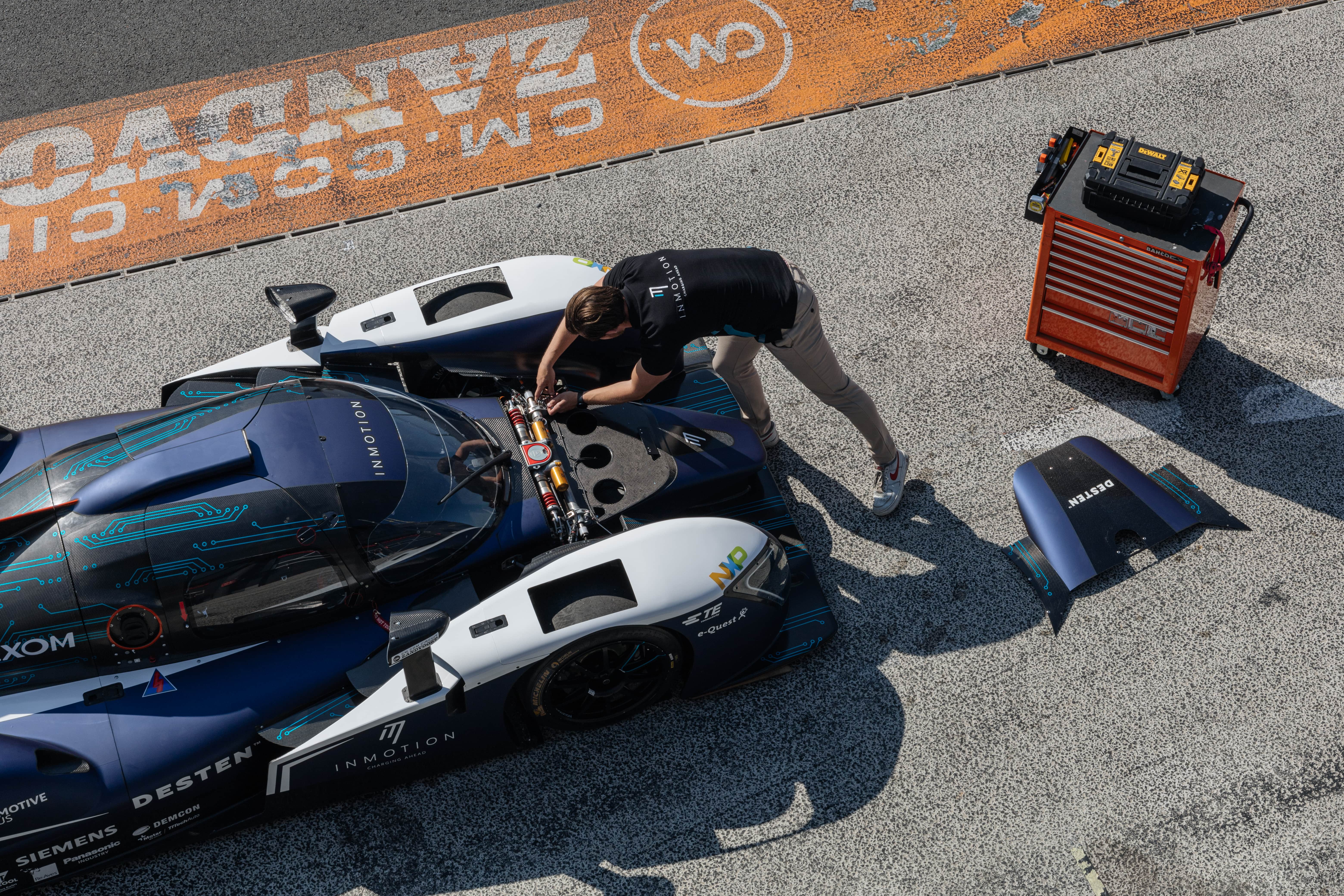
Europe is currently in the middle of the second wave of the corona pandemic. Thanks to the development of several promising vaccines, the light at the end of the COVID tunnel is becoming increasingly visible. Nevertheless, we are still facing a dark pandemic winter. The number of new infections is still increasing all over the continent.
Our corona series in Europe was temporarily on hold because of a well-deserved vacation, but now the weekly updates are back. Usually these stories are linked to a certain theme, but because of the long break, this week’s focus is on ‘what’s the current state of Europe?
Here is the updated map of Europe, with a new legend. Because of this new class division, the popular sliding cards won’t become available again until next week.

Four weeks ago
(Note: New legend with higher limit values)

Holidays approaching
Currently the autumn wave is in full force all over Europe. However, there are some differences compared to a month ago. The center of gravity of the pandemic has shifted a lot further eastward. Belgium, France and the Netherlands bore the brunt of it at the end of October. In the past week, Austria, Switzerland, Poland and Italy had the most viral infections per 100,000 inhabitants.
Only Ireland, Norway and Finland seem to be entering December with peace of mind. Ireland now seems to be reaping the benefits of their proactive strategy, vigilant summer and the choice to throw in the towel as early as September. As with the first wave, Norway and Finland have always kept things under control without imposing heavy restrictions on their residents.
As far as that is concerned, the quirky neighbor Sweden will look across both borders with a skewed eye. Here, the situation deteriorated rapidly in November and the government is now begging the Swedes to please step back and stick to the emphatic advice. Like almost all European countries, the government pulled in the reins.
This can be clearly seen in the Government Stringency Index of Our World in Data. This score is calculated by juxtaposing several government measures such as curfews, catering rules and maximum group size. This is what it looks like at the moment.
Freedom of movement and scant corona restrictions
Norway and Finland are currently among the countries with the least corona restrictions. Why is this the case? Because they are apparently not needed to control the situation. As a result, these countries have never had to introduce very severe measures. What makes their strategy so much better than the rest? That is what the previous episode was all about.
When you move across the timeline, you can look back in time. Generally speaking, governments are tightening up measures in November. Only the Czech Republic, Europe’s corona hotspot at the beginning of autumn, regained some control following a very severe lockdown. Currently Ireland, France, Romania and Austria are the most restrictive.
The Netherlands is in the middle of the league both in terms of infections and restrictions in all respects. This was different in October when it seemed for a moment that the low countries were heading for the Israeli disaster scenario of September. The restrictions seem to work out relatively well in the Netherlands compared to other countries in Western Europe. Declining figures only became noticeable much later – and after much more far-reaching measures – in Great Britain and Belgium, among other countries. This was also clearly measurable in the spring. Aren’t the articulate Dutch more obedient than they seem? Of course they are.
Across the board, the differences between all countries have narrowed in a month’s time, not least because governments look down on each other. Now that the second wave seems to have passed its peak in some places, this is by no means the case for mortality.
From west to east
The number of deaths has also shifted towards the east. In general, the Western European countries seem to have succeeded better in reducing mortality than further east. In poorer countries such as Bulgaria, Bosnia and Macedonia, this also appears to be connected to the lower quality of hospital care.
It can take up to two months for mortality to start the same decline as infections due to the significant delay in these data. Usually the elderly are not the first to fall ill when a wave starts and after an infection it takes an average of two to three weeks for a patient to succumb to the disease.In the upcoming episodes of Corona in Europe, a new mortality map at subnational level will also be produced, where possible, to provide an even better overview of the situation. After all, infection figures only tell part of the story.
Another interesting statistic is the proportion of positive corona tests. Since in the case of many tests many infections can also be found, this percentage in some cases tells more than the increase in the number of infections. The figures do show that we are far from getting rid of the misery.
Anything above WHO standards = unsafe
Ideally, in a country there would be so many tests that the number of positive cases would remain below five percent. This is the case for only a few countries. Denmark has been the undisputed test champion of Europe since spring. This can also be seen on the other maps. Although the Danes are on the same level as Germany in terms of infections, who are also doing well, the mortality rate here is significantly lower. Only their northern neighbor is testing a lot more in an attempt to keep the corona crisis manageable.
Because the RIVM (National Institute for Public Health and Environment in the Netherlands) only provides information once a week about the proportion of positive tests and because the results of commercial test labs are not recorded centrally, these data remain somewhat cloudy in the Netherlands. With 13.8 percent positive tests in the week from 10 to 17 November, the Netherlands still seems to analyze too few nasal swabs to control the crisis in accordance with WHO standards.
Nevertheless, things can always get worse: Poland and Bulgaria are currently at percentages of over 40 percent positive. This makes it impossible for governments to maintain visibility of the pandemic, with all its nasty consequences. The coming months, even with the vaccine on its way, will be dominated by corona rules and health suffering.
A corona-free Christmas is almost out of the question. The best evidence for this is in the Faroe Islands, where only three new infections have appeared in a week’s time. Below you can see the 25 regions with the highest number of corona infections in the past week.

The other side of the line

Previous Corona in Europe episodes:
19 October: How the Swedish fairy tale crashed long before Christmas
12 October: How 5 viral lines of defense prevent a lockdown
5 October: Is it a case of waving or drowning in the Netherlands and the Czech Republic?
28 September: How the Netherlands got entangled in a chaotic communication web
22 September: Europe braces itself for a corona autumn
14 September: How to interpret the autumn peak of the pandemic
31 August: Why do Finland and Spain differ like day and night?
Jelmer Visser







